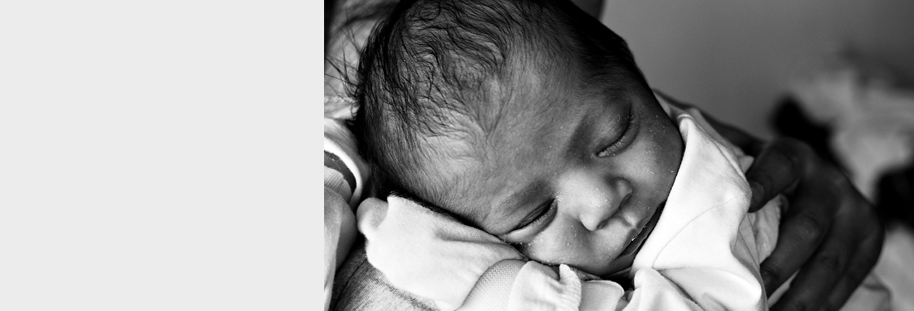Breast surgeon Dr Karin Baatjes is a real-life Wonder Woman. This recently appointed Head of the Division of Anatomy and Histology at Stellenbosch University manages to juggle lecturing with pro-bono surgery and administrative duties, yet still finds the time to do to a PhD in surgery and participate in charity projects.
Fortunately, says Baatjes, the Division of Anatomy and Histology was already a well-run unit when she took over as Head in February 2018. This meant that she could take her time to get to know the Division, how its run, and where the potential gaps are.
On an academic level, Anatomy and Histology is involved in the training of undergraduate students in all disciplines at the Faculty of Medicine and Health Sciences, as well as postgraduate (MMed and MChD) students. In the research field, it offers a BSc Honours, an MSc and a PhD in various disciplines.
Baatjes' vision as Head of the Division is to see if she can streamline processes even more, while adding a prominent clinical component. Currently, the staff at Anatomy and Histology are mostly scientists. In future, however, she would like to involve more medical doctors, thus adding more clinical expertise to the programmes offered.
As the Division operates across various departments, it helps that Baatjes has been with the University since 2000. “I know most of the departments and staff really well and would like to use this to the Division's advantage," she says. “At the moment, however, I'm still learning how everything fits together."
Juggling all the tasks on her daily to-do list is a challenge, but so far Baatjes has managed to maintain firm boundaries, not allowing her days as surgeon at the Breast and Endocrine Surgery Unit at Tygerberg Hospital, or her PhD research (investigating bone health in post-menopausal women being treated for breast cancer), to interfere with her new role.
“On Tuesdays, I'm in the operating theatre all day," she says. “On Thursdays, I participate in the clinical and academic activities of the Breast and Endocrine Surgery Unit, which includes tutorials, as well as clinic and academic ward rounds with undergraduate and postgraduate students. On Mondays, Wednesdays and Fridays, I'm exclusively at the Division of Anatomy and Histology, fulfilling my duties there."
A popular lecturer among students, Baatjes' favourite part of her day is teaching. “I enjoy working with the students. Some of them think I'm strict, but I have to be very serious when we're standing at a patient's bedside, as this is our first and most important priority," she says, adding that she also enjoys time spent in the theatre with students. “Upon completion of an operation, it's nice to spend time with the students and get to know them beyond just the academics."
To relax in between all her duties, Baatjes enjoys running. As a member of Reach for Recovery's Board of Management, she sometimes combines her love for the sport with a passion to help breast-cancer patients. In April 2016, Baatjes raised R57 000 for Reach for Recovery's Ditto Project by completing the 42km West Coast Marathon. Through this initiative, more than 50 breast-cancer patients, each of whom underwent a mastectomy, received silicone breast prostheses they otherwise wouldn't have been able to afford.
Always looking for ways in which to help others despite her own busy schedule, Baatjes is currently also involved in Tygerberg's Pantry Project – a communal pantry on campus that helps to relieve food and hygiene-product insecurity for students.
When asked whether she'll be using her sport for another charity project in the near future, Baatjes quips: “Unfortunately not. Right now I run just to keep fit and sane, especially after challenging days."
But, with a heart that seems to be 100% in the right place, chances are that Baatjes will soon be involved in yet another charity initiative. Watch this space.
Caption: Dr Karin Baatjes is the new Head of the Division of Anatomy and Histology at the Faculty of Medicine and Health Sciences at Stellenbosch University.






.png)












.jpg)


